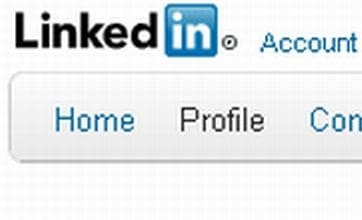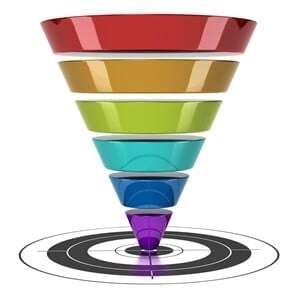Turn leads into clients with Microsoft Dynamics CRM

Customer resource management software is the preferred tool for satisfying the needs of current clients and finding new business. A company’s sales department can use the data that a system like Microsoft Dynamics CRM provides to give customers real-time information about what products and services the business is currently offering. The software can also be use to help a sales agent locate potential customers, find out how their needs can be met and convince them to make a purchase
Finding new potential customers
CRM software provides for better communication and insight between companies and potential customers.
Tech World recently reported LinkedIn, a social media site for business professionals, has adopted a Microsoft Dynamics CRM platform for its Sales Navigator tool. LinkedIn members can utilize the Sales Navigator to search their profile contacts and history for potential clients based on saved preferences and selected criteria. Using Dynamics CRM, members are now able to use to same platform to find leads, record their information and contact potential clients without switching tools.
This form of process integration is a benefit most companies can achieve through CRM implementation. A business can use data collected by their online pages and social media profiles to create new leads. Dynamics CRM technology can track visitor statistics and find which groups or individuals seem most interested in a company’s products. Leads can also be created by analyzing previous customer sales data and comparing it to prospects in a new audience.
Managing the leads
Once a lead has been recorded in the CRM software, the company can use comparative data to decide what to do next.
Information recorded in the system will tell a sales agent how long leads have been on the list, how dire their need for services is, their current financial situation and their history with the company thus far. If a business finds itself with a long list of leads, software that provides visibility of sales agent’s schedule will help delegate labor for each follow-up.
When the sales department has more work then they feel they can handle, automated messaging might be the answer. The SCORE association, a nonprofit organization supporting entrepreneurs, suggested using CRM software to send out automated emails to individuals or companies on the leads list that meet certain criteria. The lead list can be segmented based on needs, location, financial status or any other information that would create targeted messaging.
A company should be sure to log each step of correspondence with each lead. When leads respond with interest, they should be qualified in the system as an opportunity.
Converting to clients
Once a lead has positively responded to messaging, the software can be used to design the best sales approach. Microsoft Dynamics CRM allows a sales agent to view the potential client’s information and compare it to the company’s current offerings, competitor tactics and records of previous success with similar opportunities.
When engaged in a conversation with an opportunity, the data should be available. A sales agent needs to be able to answer every question posed during a pitch with real-time company information. CRM software allows a company to share statistics and measurable results with potential clients. Dynamics CRM is available on mobile devices. A sales agent can review the opportunity’s information while sitting in the lobby, waiting to go in and make the pitch.
Once an individual accepts an offer they need to be converted from an opportunity to a client in the system. The data from the lead to client conversion process should be saved to track what information was given to the client and what they expect from their service. A complete and visible history will help customer management and other areas of the company ensure the new client remains satisfied.


